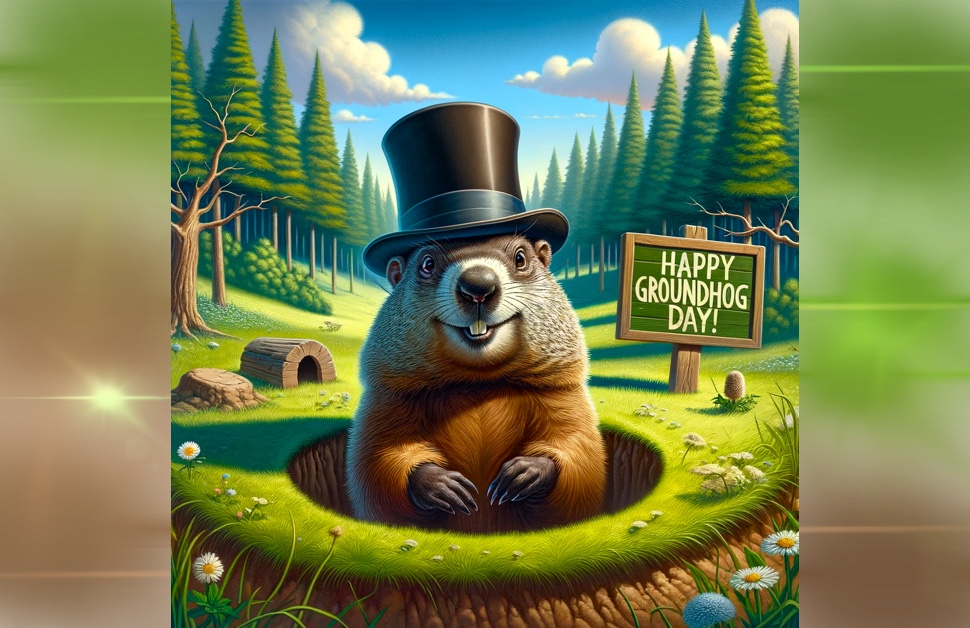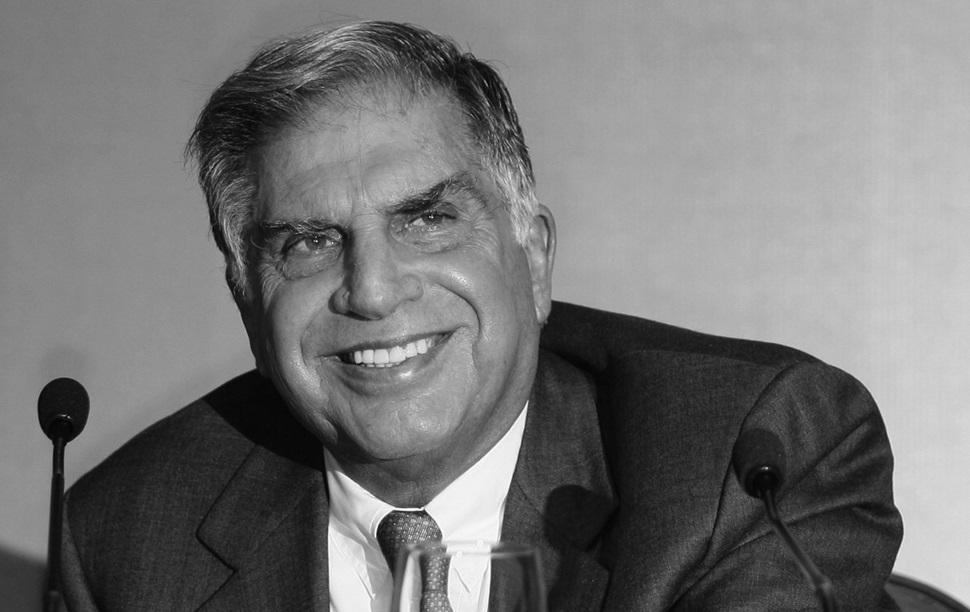Groundhog Day is a quirky and fascinating tradition that captures the attention of many Americans every February 2nd. This blog post will delve into the origins of Groundhog Day, the significance of Punxsutawney Phil’s predictions, and how this lighthearted celebration has become a cultural phenomenon.
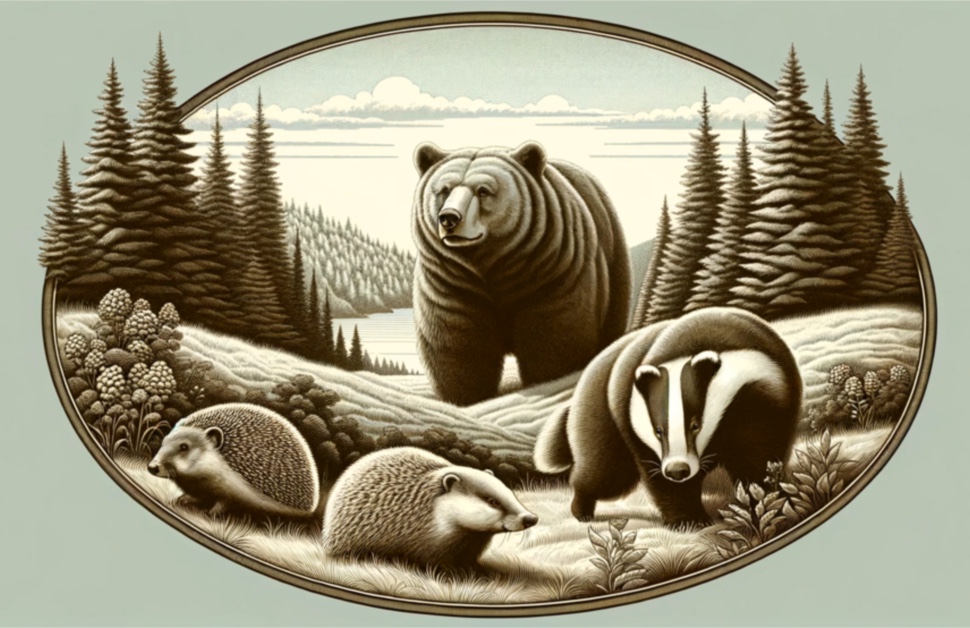
Historical Roots
Groundhog Day traces its roots to ancient European traditions, particularly the Celtic festival of Imbolc. Celebrated around February 1st or 2nd, Imbolc marked the midpoint between the winter solstice and the spring equinox. During this time, people looked to nature for signs of the changing seasons.
In these early traditions, various animals were associated with predicting the arrival of spring. It wasn’t exclusively the groundhog; other creatures like badgers, bears, and hedgehogs were believed to possess a certain weather-sensing prowess. The behavior of these animals on Imbolc was thought to foretell the weather, influencing the community’s agricultural and seasonal activities.
As German immigrants brought these customs to the United States, the groundhog emerged as the chosen animal for its burrowing habits and availability in the region. Over time, the groundhog became synonymous with the quirky and weather-predicting aspect of the celebration, evolving into the tradition we know today.
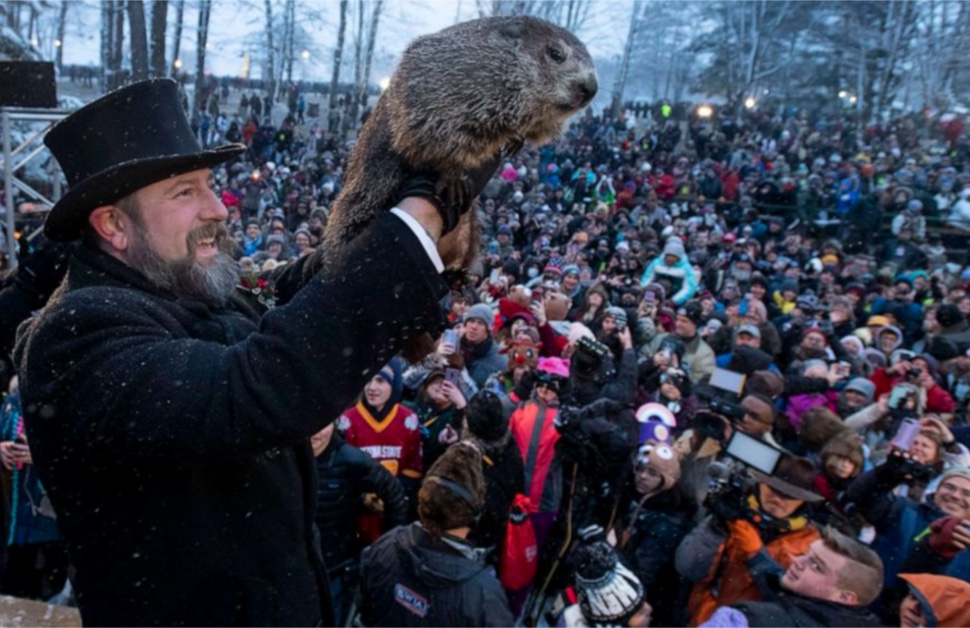
Punxsutawney Phil: The Star Groundhog
Punxsutawney Phil, residing in Gobbler’s Knob near Punxsutawney, Pennsylvania, has been the main groundhog associated with weather predictions since the late 19th century. Legend has it that if Phil sees his shadow, there will be six more weeks of winter; if not, spring will come early. Phil has become an iconic figure, drawing crowds to witness his prediction each year.

Groundhog Day in Pop Culture
The 1993 film “Groundhog Day” starring Bill Murray has played a significant role in popularizing the holiday. The movie’s premise of reliving the same day repeatedly has added a layer of humor and reflection to the celebration. The film’s enduring popularity has contributed to Groundhog Day becoming a cultural touchstone.
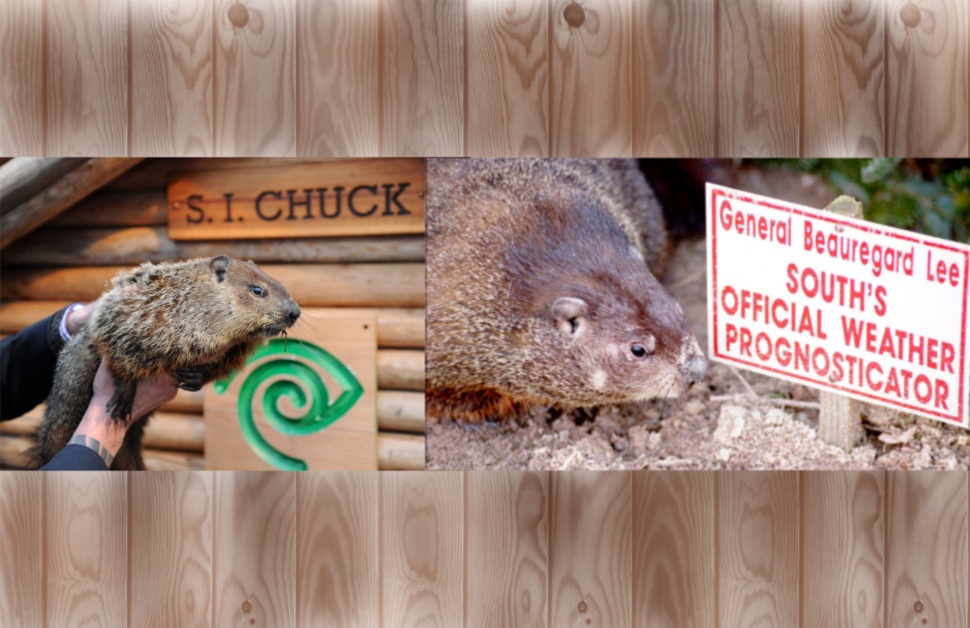
Regional Groundhogs: Beyond Punxsutawney
While Punxsutawney Phil is the most famous, other regions in the United States have their own groundhogs with unique traditions. For instance, Staten Island Chuck in New York and General Beauregard Lee in Georgia provide their own weather predictions. These regional variations showcase the diversity of Groundhog Day celebrations.
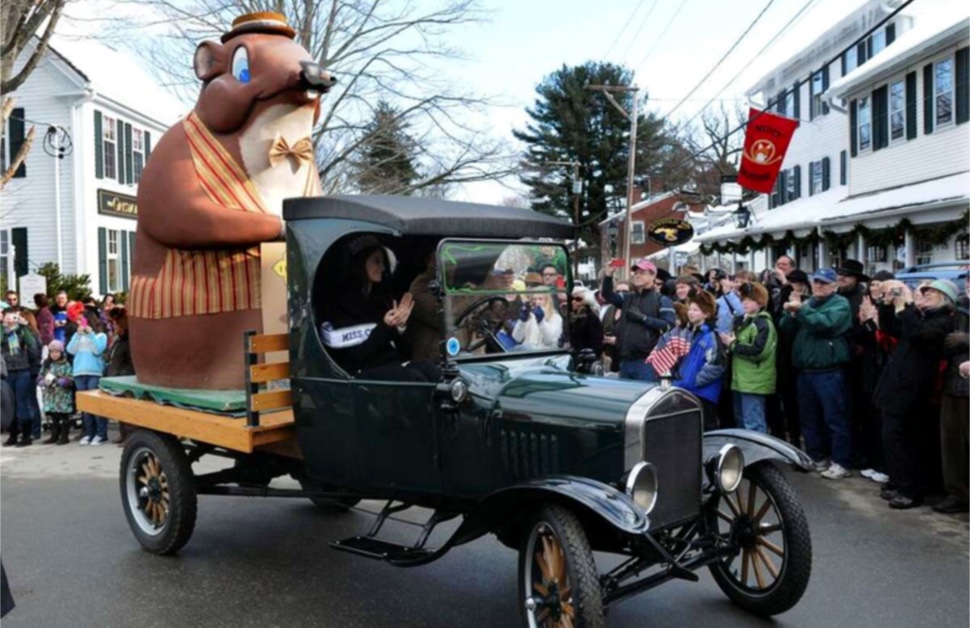
Festivities Across the Nation
Groundhog Day is not limited to Punxsutawney; it has become a nationwide celebration with various events. Some communities host parades, festivals, and themed activities to mark the day. Notable celebrations include Wiarton Willie in Canada, Buckeye Chuck in Ohio, and Shubenacadie Sam in Nova Scotia.
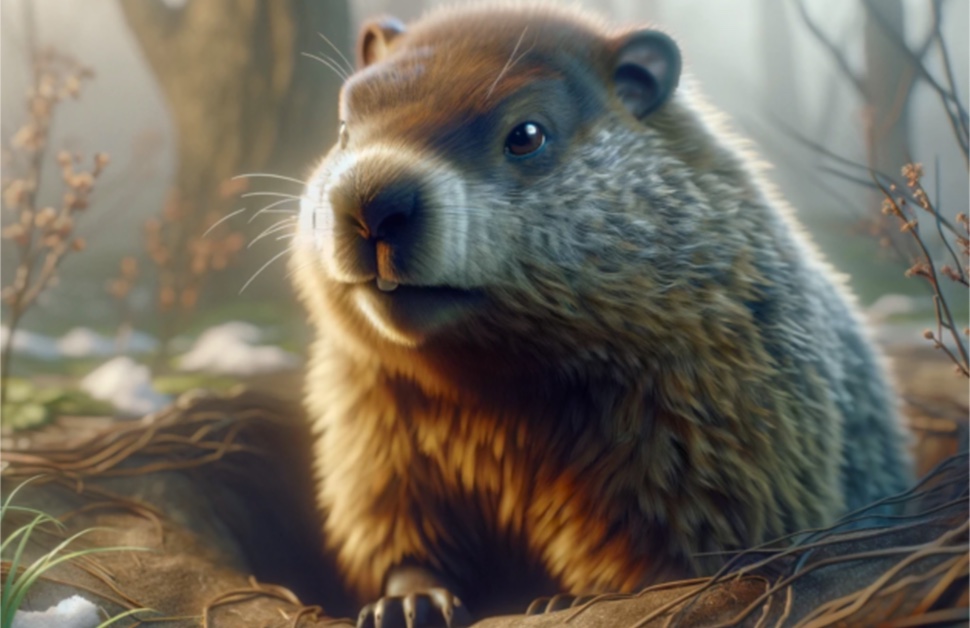
Controversies and Criticisms
Despite its popularity, Groundhog Day’s predictive accuracy is met with skepticism. Critics argue that the behavior of a groundhog on a specific day is not a reliable indicator of future weather patterns. However, many people embrace the tradition for its entertainment value and as a way to break up the winter monotony.
Groundhog Day, with its rich history, iconic groundhog predictions, and cultural impact, has become a unique and beloved tradition. Whether individuals take the weather predictions seriously or participate in the festivities for fun, Groundhog Day has woven itself into the fabric of American culture, offering a whimsical way to welcome the changing seasons.

